
Since the recent update, ELDEN RING players have been reporting that they’re getting connection errors and kicked out of the game. While it can be a server issue or a bug that needs to be fixed, there are some quick troubleshooting steps that can be done on the player side. If you’re encountering similar issues, this article is for you.
Try these fixes…
You don’t have to try them all, just work your way down the list until you find the one that does the trick!
2: Test your Internet connection
4: Configure your DNS settings
Fix 1: Check the server status
Whenever you’re getting a connection error or can’t log in to the game, you should always check the server status first. If the server is under maintenance, then you’ll need to wait till it’s done. Simply go to the ELDEN RING official Twitter page to check if there’s an announcement.
Fix 2: Test your Internet connection
A stable network connection is necessary for smooth gameplay. If your network connection is unstable, it can fail to connect you to the game server. Here’s what you can do to test your connection:
- Power cycle your router and modem. Unplug the power cables from your router and your modem, leave them disconnected for at least 30 seconds, then plug both the cables back. When you’re back online again, launch ELDEN RING to see if it successfully connects to the server now.
- If possible, play on a wired connection. It’ll provide a more stable and reliable connection.
- If you’re playing on Wi-Fi when you encounter connection issues, the last thing you want is overcrowding. You can try turning off the Wi-Fi feature on the devices you don’t use at the moment, or disconnect them from the Wi-Fi temporarily.
- VPN may help, but it’s not recommended to use a VPN unless you have to.
If you’re still getting the connection error, try the next fix.
Fix 3: Update your device drivers
The latest drivers are essential for video games. An outdated or faulty network adapter driver can affect your internet connection. Also, if your graphics driver is not updated, the game performance could be impacted and you may get other errors and crashes.
There are two ways to keep your graphics card driver up-to-date. One is to manually update it via Device manager. Note that Windows doesn’t always detect the latest available update, so you may need to search the drivers on the manufacturer’s websites. Be sure to choose only the driver that is compatible with your Windows version.
Automatic driver update – If you don’t have the time, patience, or computer skills to update your drivers manually, you can, instead, do it automatically with Driver Easy. Driver Easy will automatically recognize your system and find the correct drivers for your exact network adapter and/or graphics card, and your Windows version, and it will download and install them correctly:
1) Download and install Driver Easy.
2) Run Driver Easy and click the Scan Now button. Driver Easy will then scan your computer and detect any problem drivers.
3) Click the Update button next to the flagged graphics card driver and network adapter driver to automatically download the correct version of the drivers, then you can manually install them (you can do this with the FREE version).
Or click Update All to automatically download and install the correct version of all the drivers that are missing or out of date on your system. (This requires the Pro version which comes with full support and a 30-day money-back guarantee. You’ll be prompted to upgrade when you click Update All.)
If you need assistance, please contact Driver Easy’s support team at support@drivereasy.com.
Restart your PC for the new drivers to take effect. Run a game to see if the problem persists.
Fix 4: Configure your DNS settings
Corrupted DNS caches may cause random connection issues. If the fixes above didn’t give you luck, you can give this fix a try and configure your DNS settings. There are two things you can do:
2: Switch to a public DNS server
1: Flush your DNS
Flushing DNS will delete the DNS cache from your PC. When the DNS cache is cleared, your PC needs to obtain the data from the DNS server every time it accesses a new website. This may solve the connection error if it’s triggered by invalid DNS cache data.
Here are the steps:
- Press the Windows logo key and R on your keyboard to invoke the Run box.
- Type cmd, then press Shift and Enter at the same time. If prompted for permission, click Yes.
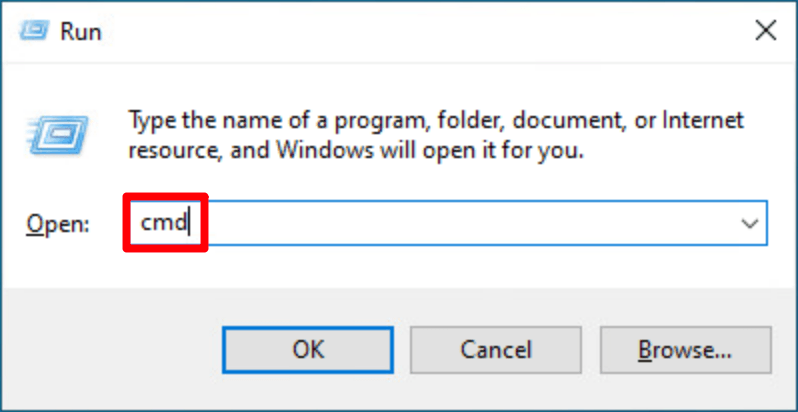
- Copy ipconfig /flushdns, and paste it in the pop-up window. Then press Enter.
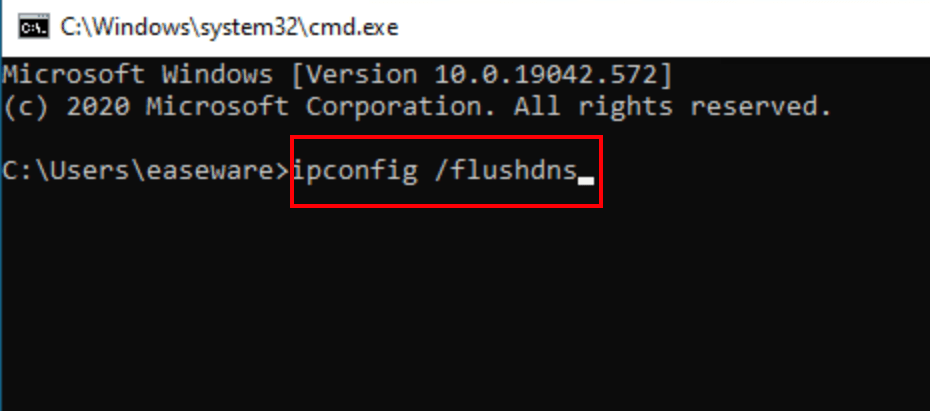
- Your DNS cache is successfully cleared.
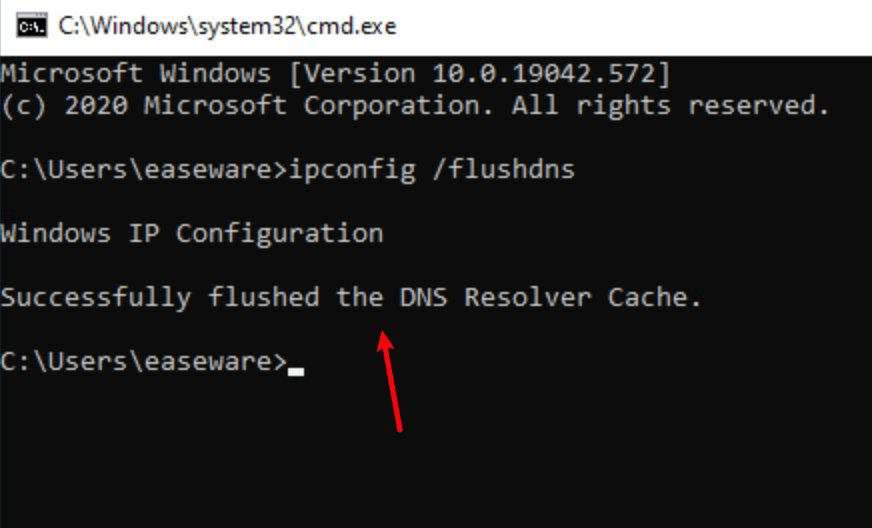
2: Switch to a public DNS server
We also recommend using a public DNS server to test the issue. Here we’ll use the Google DNS server as an example. Below are the steps:
- On your taskbar, right-click the network icon, then click Open Network & Internet settings.
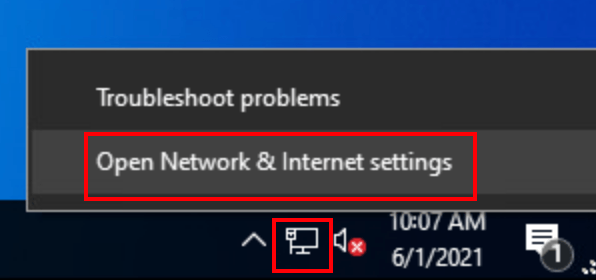
- Click Change adapter options.
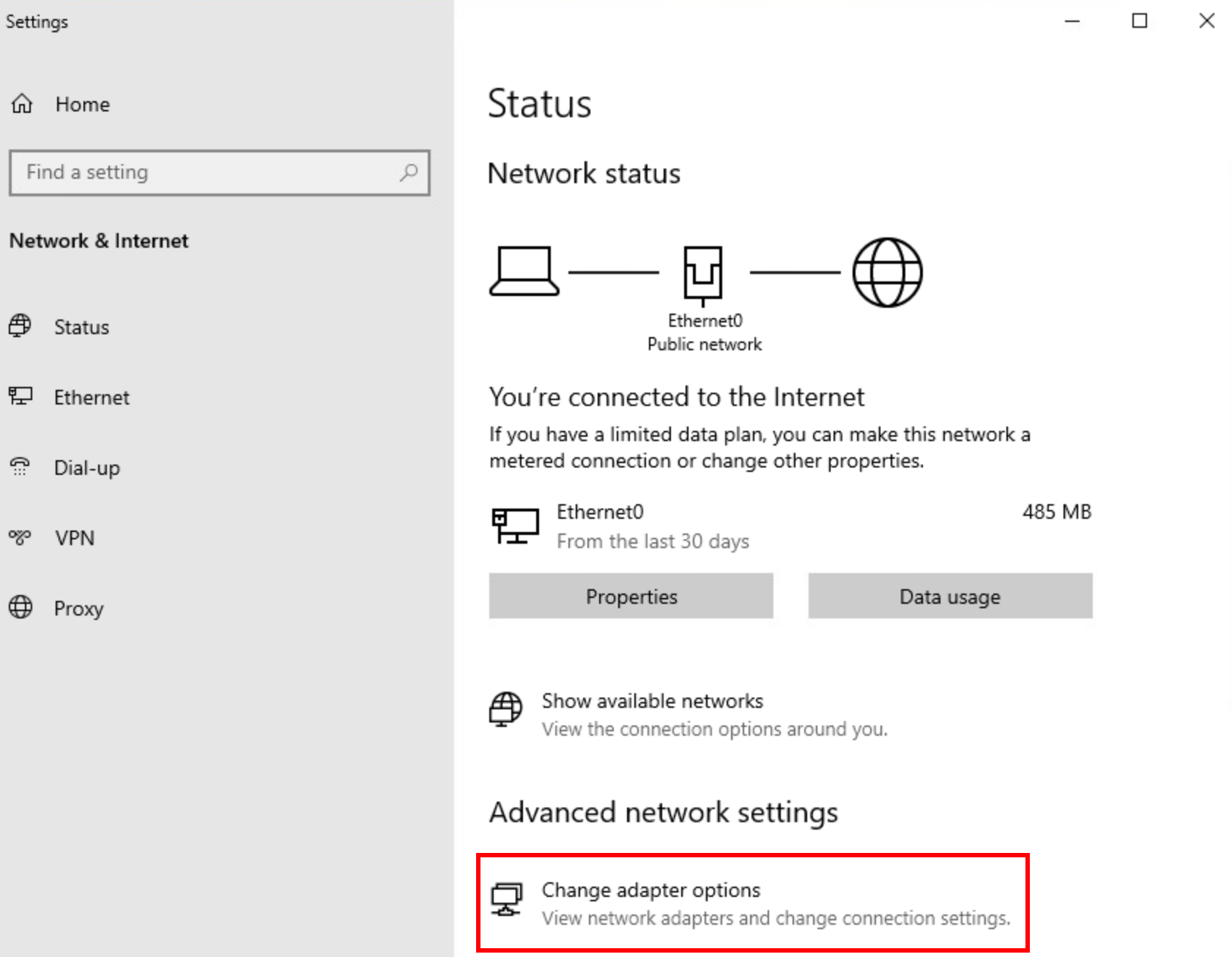
- Right-click the network you’re using, then click Properties.
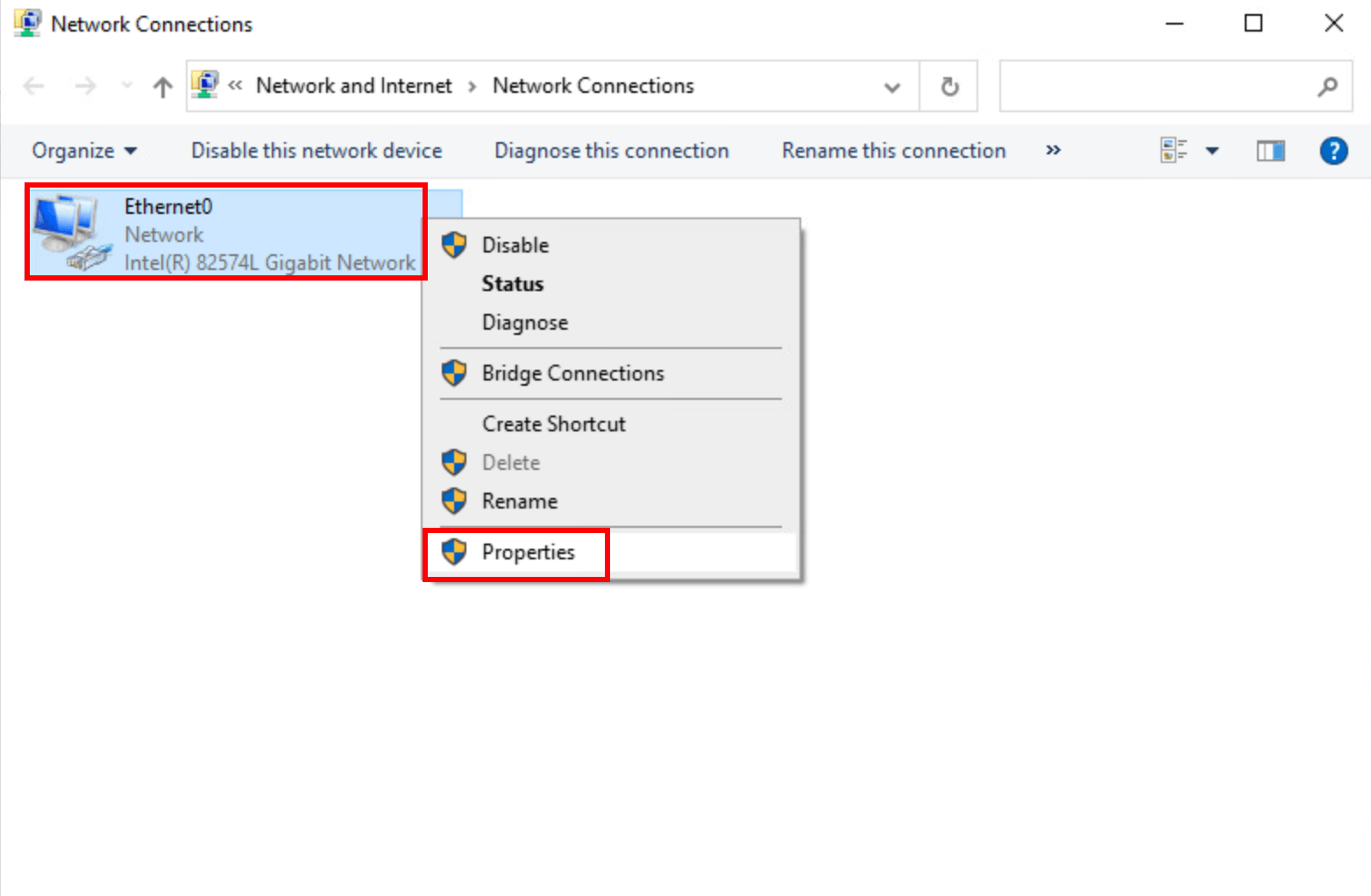
- Select Internet Protocol Version 4 (TCP/IPv4), then click Properties.
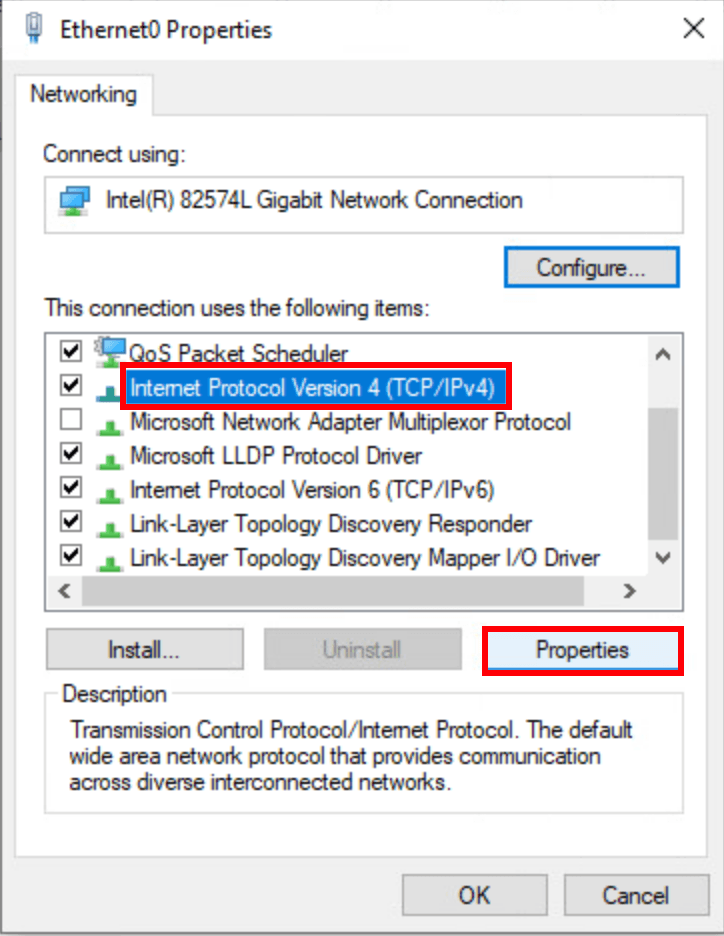
- Select Use the following DNS server addresses, fill in the Google DNS server addresses as below, then click OK.
Preferred DNS server: 8.8.8.8
Alternate DNS server: 8.8.4.4
Hopefully this article helps! If you have any questions or suggestions, please feel free to leave a comment below.





